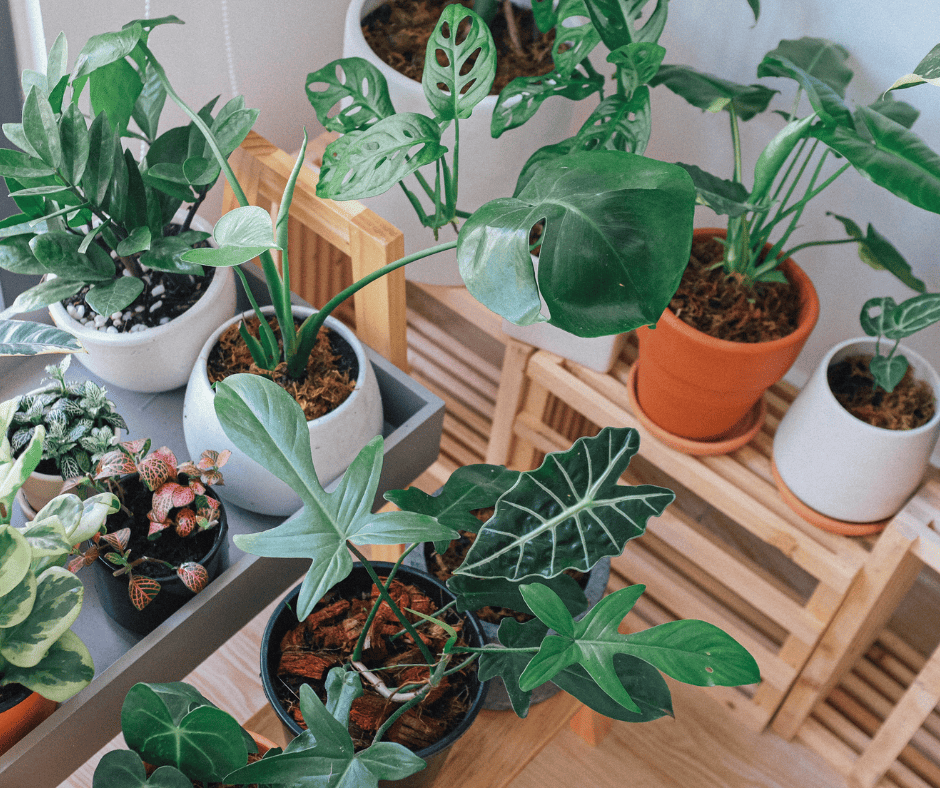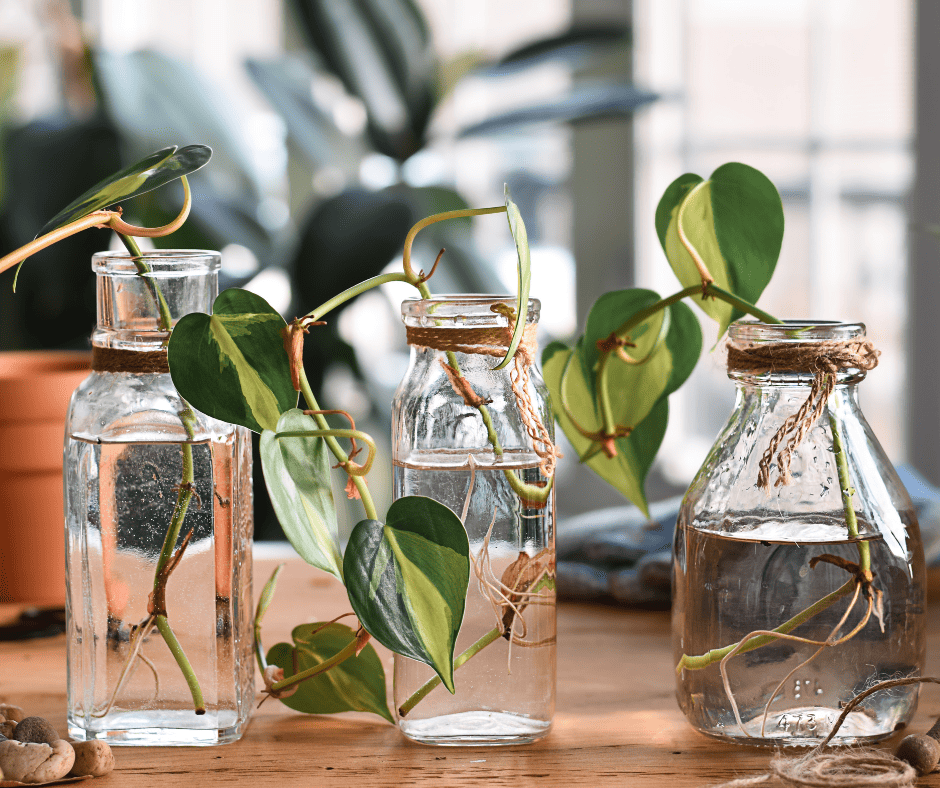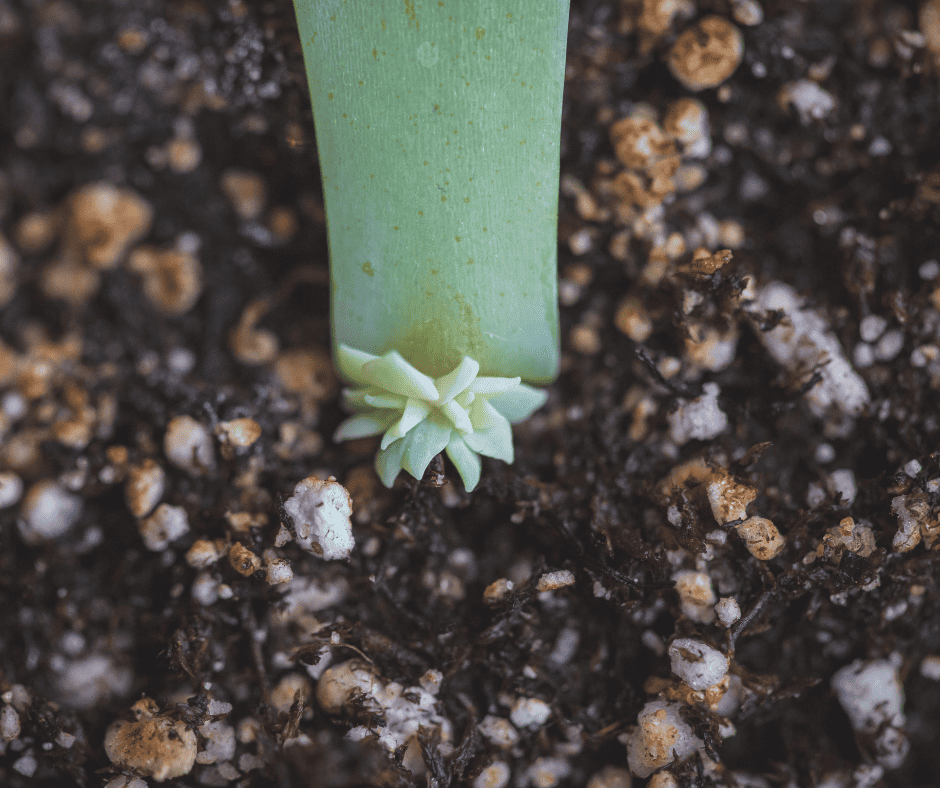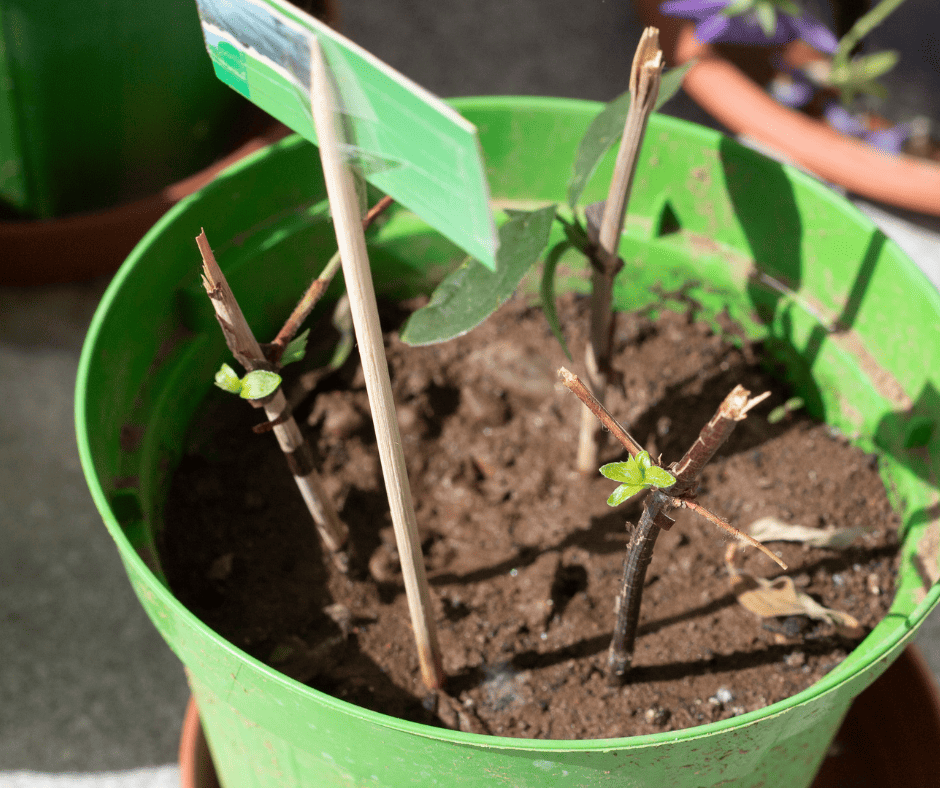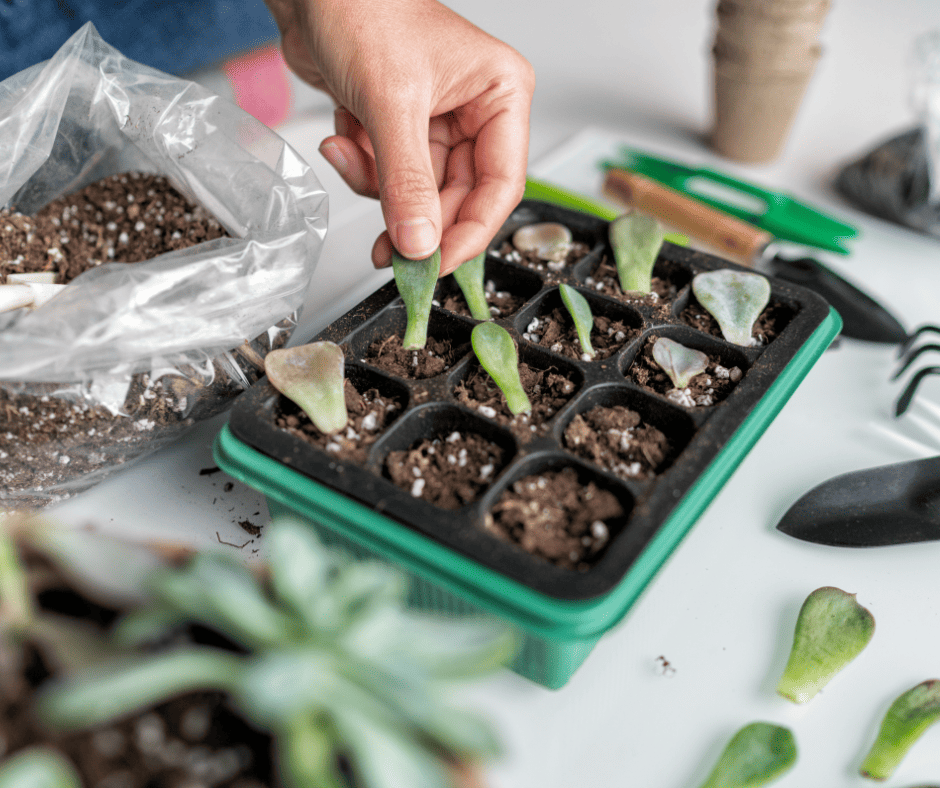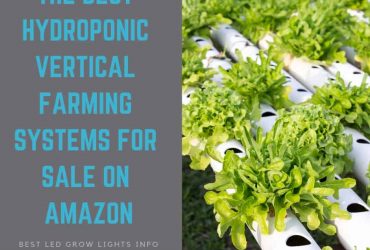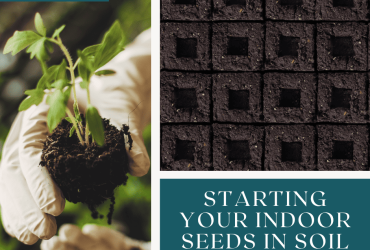How to Propagate Your Indoor Plants
Few things make me as happy as the greenery in my home. Plants give my house a sense of life and energy and add a touch of vibrance to the space. The main trick is that buying house plants is an expensive hobby. Fortunately, it isn’t necessary. By learning how to propagate indoor plants, you can bypass the store and use your existing ones to create more.
Plus, learning to propagate your indoor plants isn’t as difficult as it seems initially. If you’re wondering how to start your propagation journey, here’s what you need to know.
Examples of Houseplants Suitable for Propagation
First, it’s critical to know which houseplants are suitable for propagation, particularly those that work well for beginners. Luckily, there are plenty of excellent options.
Here are some examples of houseplants suitable for propagation:
- Aloe
- Arrowhead Plant
- Chinese Money Plant
- English Ivy
- Heartleaf Philodendron
- Jade Plant
- Nerve Plant
- Pothos
- Snake Plants
- Split-Leaf Philodendron
- Spider Plants
- Succulents
- ZZ Plants
Equipment to Propagate Indoor Plants
Generally, it doesn’t take much equipment to propagate indoor plants. Work gloves, a sharp knife (or garden sheers), and a container are usually all you need. Investing in an LED grow light is also wise if you don’t have a windowsill with ample indirect sunlight. That allows you to functionally replicate sunlight, ensuring your cuttings get what they need to develop healthy root systems.
Soil vs. Water Rooting Method
When propagating indoor plants, you generally need to choose one of the two primary approaches.
In most cases, water propagation is better for vine-like stems or leaf cuttings, allowing the new plants’ roots to develop without the weight of soil on more delicate parts of the cutting. It also causes the roots to grow faster, but they tend to be thinner overall.
In most cases, water propagation is simpler, as you can use a clear container – like a glass jar – to monitor the progress of the root growth. Add water to the container to submerge about two inches of the stem. Then, make sure they get an appropriate amount of light, either indirect sunlight or provide indirect light from an LED grow light.
Usually, soil propagation works best for woody stem cuttings, leading to stronger root growth. The roots typically grow slower than if you use another method, but they’re hardier overall.
Soil propagation is reasonably straightforward, but it is a bit more challenging to pull off. You place the end of the cutting into a small container with an airy soil mix, ensuring it gets enough oxygen. Mixing in some compost is also helpful.
Then, you need to ensure the soil remains damp without oversaturating. Finally, you have to provide the cutting with enough light. Usually, bright, indirect light is best from sunlight, or an LED grow light.
However, there is another approach for creating more plants from your existing houseplants: root division plant propagation. I’ll cover that in more detail below.
How to Create Divisions from Your Houseplants
Another option for propagating indoor plants is root division. With this, you take a mother plant with a large, well-developed root system and divide it into smaller sections, working carefully to keep the existing roots intact.
Often, this works best with plants like aloe that create “pups,” which are small baby offsets. With those, you can carefully separate off the pup and often plant them directly in soil. However, ZZ plants are another solid option for using the root division method thanks to the tuber-like root system, making the plant relatively easy to split.
When using the root division approach, you must remove the plant from the soil entirely. Exercise caution as you do, as it’s better to work slowly than yank the plant out of the pot. Then, clean away excess soil, create the desired division, and replant each part into its own container with fresh soil.
Now, creating divisions isn’t necessarily a cutting-free process. In some cases, roots will entangle to the point where you can’t easily pull them apart. While you want to limit how much you need to cut to create the required separation, a few snips won’t typically harm a healthy plant with a well-developed root system, so keep that in mind.
How to Propagate Houseplants from Stem Cuttings
Choose a Plant
First, you need to choose a mother plant from which one plant you’ll take cuttings. Ideally, you want a mature, healthy plant with a robust root system. Additionally, it’s best if the plant isn’t currently blooming, as flowers take energy to manage.
Selecting a mother plant that has new growth is another smart move. It’s also beneficial if the plant already needs some pruning, as your cuttings not only give you a chance to propagate more houseplants but also clean up the mother plant.
Select a Method
Whether you want to use soil propagation, water propagation, or root division depends largely on the type of plan you choose. Water propagation is typically best for leaf cuttings or plants with vine-like stems. If the stem is woody, you’ll want to try soil propagation. However, if the mature plant is large, has a well-developed root system, and is easy to separate into multiple plants, you can try root division instead.
Collect Cuttings
Unless you use the root division method, you’ll need to get some cuttings to propagate your indoor plants. Select a healthy spot on the plant, and choose a piece about four to six inches long, with at least a few leaves growing near the top two inches of the stem.
Next, you’ll need to find a node, a small bump just below the base of a leaf’s connection to the stem. Use a sharp knife or pruning sheets to cut about one-quarter inch below the node, making the cut at a 45-degree angle.
Once you have the cutting, remove half or three-quarters of the leaves. You want to make sure that all of the leaves within two inches of the cutting point are gone, as that’s the part that goes in the water or soil. If any of the remaining leaves are large, consider cutting them in half.
You can take multiple cuttings from the same plant if you like. Just spread out where they come from to avoid creating an empty spot on the mother plant.
Get the Cuttings Started
Once you have your cuttings, immediately get them shifted to their new water or soil containers. Make sure you only have one cutting per container, as adding more could lead to root entanglement or overcrowding.
Then, it’s all about meeting the plant’s broader needs. For water propagation, add new water if the level starts getting low and completely change it out every two weeks. For soil, keep an eye on the moisture content to ensure your keeping the soil evenly moist.
Otherwise, make sure your plant gets the equivalent of six hours of indirect sunlight daily, either with a grow light or the natural way. Finally, once the roots get about two to four inches long – which takes about four weeks – you can transplant them into a new pot with fresh potting mix.
Frequently Asked Questions
How Do You Grow Indoor Plants from Cuttings?
Generally, the process outlined above works best if you want to propagate indoor plants from cuttings. If you’re using that strategy and your cuttings aren’t developing correctly, consider investing in some rooting hormone powder. You apply it to the end of the cutting to encourage root growth, so it may increase your chances of success if you’re otherwise struggling.
Just keep in mind that rooting hormone powder isn’t technically necessary. But it can be beneficial if you’re trying to propagate a particularly challenging plant because it can accelerate the development of new roots on your cutting. Plus, it can make newly developed root systems a bit more robust.
Where Do You Cut Indoor Plants for Propagation?
When you’re cutting indoor plants for propagation, you want to snip them at the base of the node, the point where the leaf meets the stem. Usually, a node looks like a little bump on the stem. You want to choose that location because new root formation is typically easier to achieve if you do, increasing your odds of success.
Which Method Is Best for Propagating Houseplants?
Generally, all of the methods outlined above have their merits. However, if you’re working with a plant with vine-like stems or using leaf cuttings, water may be the easier choice. For wood-like stems, go with soil instead. Finally, if root division is a plausible approach – either due to the root structure or the presence of pups – consider going with it.
Enjoyed this post? Pin it!


